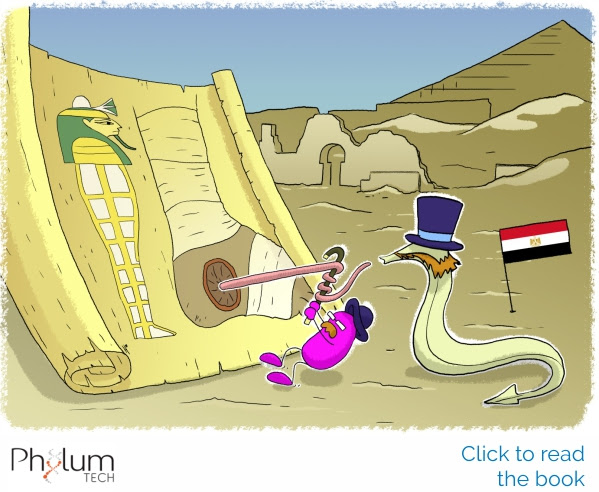
There is no vaccine to prevent the disease, nor is there any medication to treat patients.

Dracunculiasis also known as Guinea-worm disease, is caused by Dracunculus medinensis which is transmitted to humans by drinking unsafe water containing small crustacean copepods (Cyclops) containing the larvae of D. medinensis. From the time infection occurs in humans, it takes between 10–14 months for the transmission cycle to complete until a mature worm emerges from the body. Mature female worms can measure up to 1 meter in length. To soothe the burning pain, patients often immerse the infected part of the body in water. The worm then releases thousands of larvae into the water. These larvae reach the infective stage after being ingested by the copepods. Ingestion of copepods with larvae contaminated water by humans starts the lifecycle again. Prevention is possible and successful implementation of preventive strategies have driven the disease to the verge of eradication. (source: WHO)

In 1981 WHO and the United States Centers for Disease Control and Prevention formulated a joint strategy and technical guidelines for an ambitious eradication campaign to end with Guinea worm by 2020. During these years, the partnership has reduced the number of new infections from 3.5M/year in 1986 to just 28 in 2018. However, the discovery of unexpected parasite vectors, such as dogs and baboons, pushed back the target date for eradication from 2020 to 2030 (Nature News 2019).
Country certification: To be declared free of dracunculiasis, a country is required to have reported zero instances of transmission and maintained active surveillance for at least 3 consecutive years. Indicators such as access to improved drinking-water sources in infected areas are examined and assessments are conducted in villages to confirm the absence of transmission. Since 1995, WHO has certified 199 countries.

